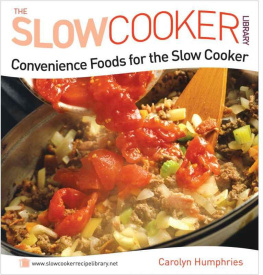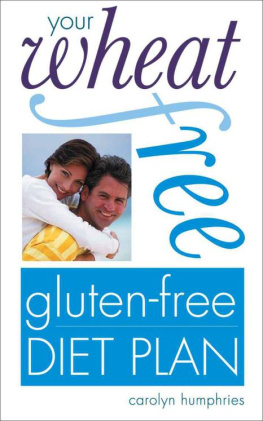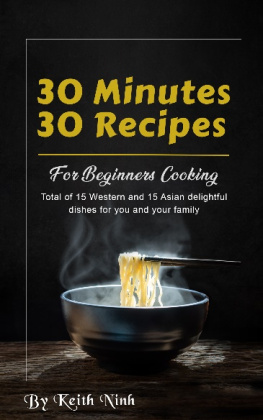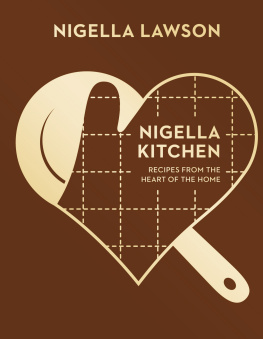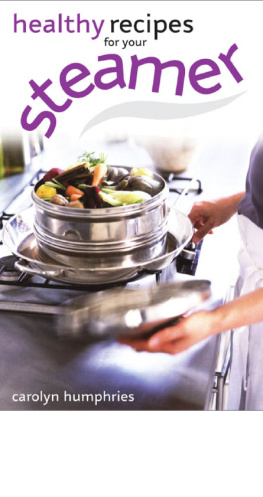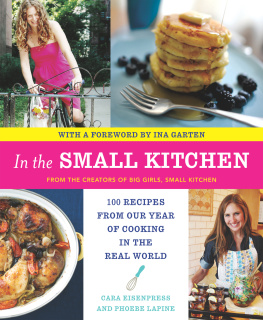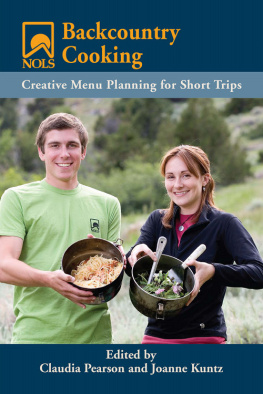foulsham
The Oriel, Thames Valley Court, 183187 Bath Road, Slough, Berkshire SL1 4AA, England
ISBN: 978-0-572-00000-0
Copyright 2009 W. Foulsham & Co. Ltd
A CIP record for this ebook is available from the British Library
All rights reserved
The Copyright Act prohibits (subject to certain very limited exceptions) the making of copies of any copyright work or of a substantial part of such a work, including the making of copies by photocopying or any digital process. Written permission to make a copy or copies must therefore normally be obtained from the publisher in advance. It is advisable also to consult the publisher if in any doubt as to the legality of any copying which is to be undertaken.
Table of Contents
Introduction
Do you wish you could cook but don't know where to begin? Perhaps you're just leaving home for the first time and have never had to cook before. Or perhaps you've just decided you're fed up with cook-chill supermarket 'specials' and would like to create your own masterpieces for a change.
However, watching chefs on TV or in trendy restaurants showing off their dexterity - tossing food in pans, chopping vegetables and whisking vigorously with a speed and sleight of hand that would put a conjurer to shame - could well make you feel you're not up to the task. But home-cooking doesn't have to be like that to get fantastic results. It can be simple, as well as healthy, cheap and delicious. And the smug feeling of cooking your supper from scratch and enjoying every mouthful is phenomenal.
With Classic 1000 Beginners' Recipes , you'll learn basic cooking skills (no flashy stuff!) as well as general culinary knowledge, and with the help of the straightforward, step-by-step instructions you'll be able to turn out delicious results even at your first attempt. No jargon, no fuss, just down-to-earth cooking at your fingertips. Whatever your age, from school kid to retired bank manager, this book will become a cookery bible to be dipped into at will or used every single day.
Basic food hygiene
First things first: a hygienic cook is a healthy cook - so please bear the following in mind when you are cooking.
Always wash your hands before preparing food.
Always wash and dry fresh produce before use.
Don't lick your fingers.
Don't keep tasting and stirring with the same spoon. Use a clean spoon every time you taste the food.
Never use the same cloth to wipe down a chopping board you have been using for cutting up meat, for instance, then to wipe down your work surfaces - you will simply spread germs from one surface to another.
Always wash your cloths well in hot, soapy water and, ideally, use an anti-bacterial kitchen cleaner on all surfaces too.
Always transfer leftovers to a clean container and cover with a lid, clingfilm (plastic wrap) or foil. Leave until completely cold, then store in the fridge. Never put any warm food in the fridge.
Don't put raw and cooked meat on the same shelf in the fridge. Store raw meat on the bottom shelf, so it can't drip over other foods.
Keep all perishable foods wrapped separately. Don't overfill the fridge or it will remain too warm.
When reheating food, always make sure it is piping hot throughout, never just lukewarm see Reheating cooked foods and Cooking from frozen).
Never reheat previously cooked food more than once.
Never re-freeze foods that have defrosted unless you cook them first.
Useful equipment
You can't really even start to cook without a few basic essentials: a frying pan (skillet), spoons, sharp knives, chopping board, scissors, measuring jug, mixing bowl and saucepans. Once you have these, look at the list below and work up from that. You'll find that the more you enjoy cooking, the more equipment you are likely to need. And the more equipment you have, the more you'll enjoy cooking!
Baking (cookie) sheet
Baking tins (pans) - square or rectangular, various sizes
Beater, electric - hand-held
Biscuit (cookie) cutters - fluted and plain in different sizes
Blender or food processor
Cake tins (pans) - deep, loose-bottomed, different sizes, round and/or square
Carving knife and fork
Casserole dishes (Dutch ovens) - have at least one flameproof one for use on top of the stove
Chopping boards - have several different sizes, or shapes or colours, so that they are easily identifiable, and use one for raw meat; one for strong smelling foods like onions; one for fruit and vegetables; and one for bread
Colander - preferably metal, for draining cooked vegetables etc.
Draining spoon
Fish slice
Fluted flan dish (pie pan)
Frying pan (skillet) - 1 medium or large and 1 omelette pan (non-stick is a good idea)
Grater - a round or square one with a top handle is better than a flat one
Kitchen scissors
Loaf tins (pans) - 450 g/1 lb and 900 g/2 lb
Measuring jug
Measuring spoons
Ovenproof dishes - various sizes, oval or round and rectangular or square, including at least one with a lip for pies
Palette knife
Pastry brush
Piping (pastry) bag with a large plain and a star tube (tip)
Potato masher
Potato peeler
Ramekin dishes (custard cups)
Ring tin (pan), about 1.2 litres/2 pts/6 cups
Rolling pin - not vital as a clean bottle will do instead
Roasting tins (baking pans) - 1 large and 1 small
Sandwich tins (pans) - 18 cm/7 in, plus other sizes if liked
Saucepans - at least 1 small, 1 medium and 1 large with lids
Scales
Sharp knives - at least 1 small (for vegetables) and 1 large (for cutting up meat) and a bread knife with a serrated edge
Sieve (strainer) - metal or nylon with a fine mesh for making pures and straining foods
Skewers - metal for holding raw joints and poultry together; metal or wooden for kebabs
Souffl dish - 15 cm/6 in or 18 cm/7 in diameter
Spatula - for scraping out mixing bowls
Swiss roll tin (jelly roll pan)
Tartlet tins (patty pans)
Whisk - a wire one is best for making sauces, a balloon one for egg whites and cream.
Wire cooling rack
Wooden spoons
Nifty gadgets
None of these is essential but any or all of them make life a lot easier for a keen cook.
Apple corer
Basting spoon with a lip on the side
Boning knife
Canelling knife - for paring off strips of rind from citrus fruit, cucumber, etc.
Cherry stoner
Citrus juicer - I like old-fashioned, wooden, hand-held ones
Double saucepan
Egg pricker - to pierce the end of an egg before boiling, which prevents the shell from cracking
Electric can opener
Fish kettle - a large metal container with a trivet and lid for cooking large, whole fish
Garlic press
Grapefruit knife
Hand-held blender
Herb chopper
Jar opener
Knife sharpener - I like the hand-held sort with two sets of blades you draw the knife across, but you may prefer an electric one or a sharpening steel
Mandolin, for thinly slicing vegetables (not necessary if you have a blade on your grater or food processor)
Meat cleaver
Meat mallet
Melon baller
Mincer (grinder) - not necessary if you have a food processor
Mouli grater
Nutmeg grater
Olive oil can with narrow pouring spout
Pastry (paste) wheel

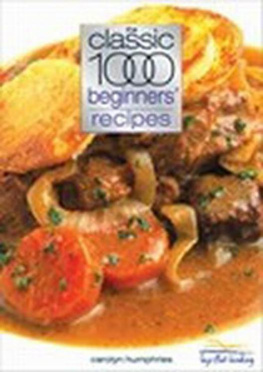
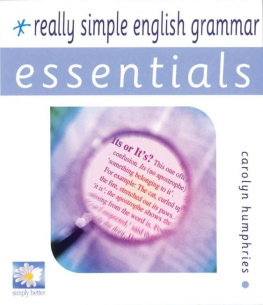
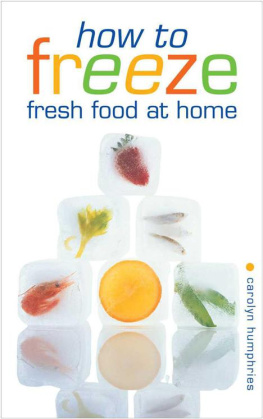
![Humphries - The low carb long term lifestyle : [with a twist of Mediterranean to add zest to your eating]](/uploads/posts/book/104760/thumbs/humphries-the-low-carb-long-term-lifestyle.jpg)
